Shining Light on Eating Disorders in Climbing
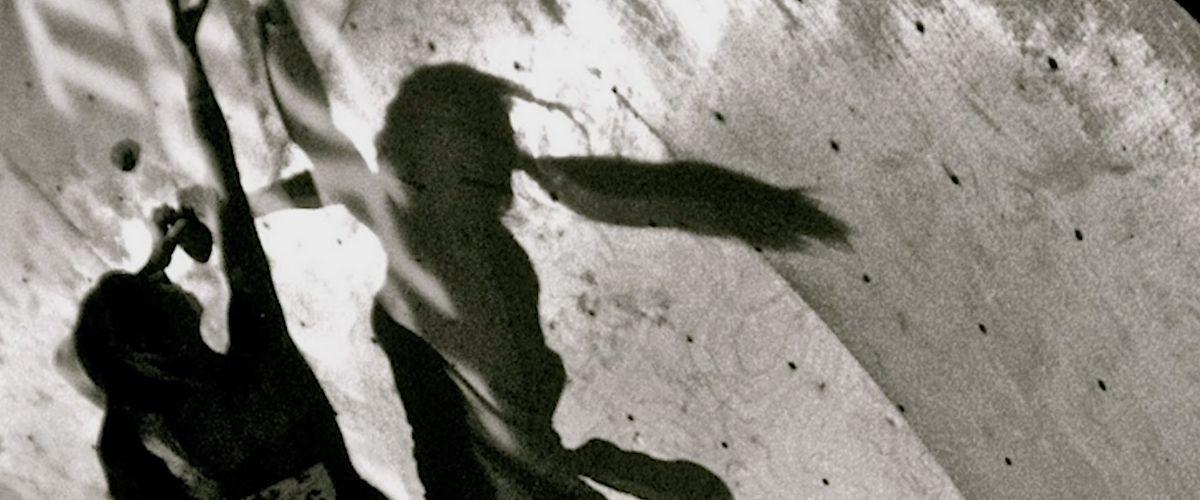 Image provided by Caroline Treadway
Image provided by Caroline Treadway
“But don’t you feel lighter?” I overheard this at my local climbing gym the night after interviewing Caroline Treadway, the documentarian who recently released her breakout film, LIGHT, about eating disorders in climbing. I’ve been attending climbing gyms across the US for years, and somehow this is the first time I heard two people – two men – describing cutting weight to send. Call it a weird coincidence.
Eerily, pro climber Angie Payne, a main subject of the heartbreaking documentary, recalled the same exact thing in an interview. Hearing two climbers discuss cutting weight. “Is it just going to be a cycle that repeats forever?” she asks.
The narrative follows multiple professional climbers (Angie Payne being one of them) who chronicle their inner wars with disordered eating – and grappling with the success that followed them up the wall as they did. Treadway says her overall goal was to get people talking about the largely ignored issue – and she succeeded.
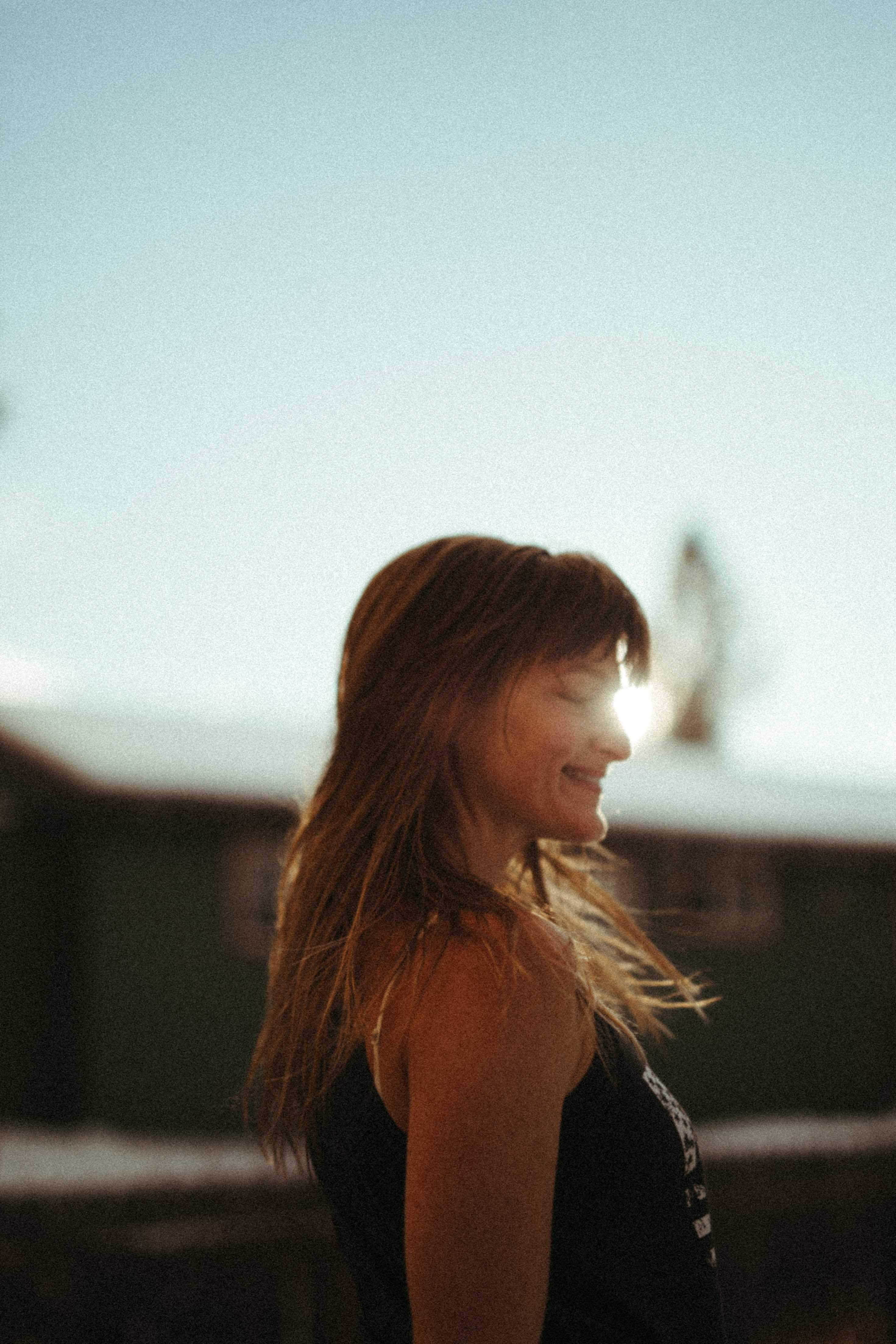 |
|
Caroline Treadway |
As climbers, we often tie our self-worth to how hard we can send. "That success was the most important thing in the world to me at that time, and I would do anything to keep it," says Emily Harrington, a pro climber in the documentary.
“We all learn from watching, right?” asks Treadway. It’s a theme on repeat in the documentary. Young climbers see other successful climbers get skinner and skinner and get more and more accolades. That parallel – between our climbing heroes’ bodies and ours – is dangerous.
“There’s denial in how we look at our heroes... nobody wants to admit that any type of hero has an issue,” Treadway said. We become blind to our role models’ struggles, because we look to them for strength. It also sets up precedents that can ultimately lead young and motivated climbers to ruin.
Kai Lightner, the only male who was interviewed in the documentary, recalls how he didn’t fit the climber body narrative since he’s ‘always been bigger.’ He wanted to be the best, and the easiest way to do that was to “fit the mold that’s already been set.”
Throughout the documentary, all the pro climbers involved recall how they fell into disordered eating because they saw other climbers doing it. “You had to pretend that this was an acceptable way to live,” Harrington says.
Steve Bechtel, a professional climbing coach for more than 30 years and founder of the Climb Strong coaching platform, was moved by the documentary. And he’s already doing things to destigmatize eating disorders.
Bechtel’s focus with his athletes is how they’re doing as human beings. He zeroes in on that, then on getting them better at climbing. And he explores the concept of getting ‘better’ at climbing in an eloquent, human, and scientific manner.
 |
|
Steve Bechtel |
Basically, ‘better’ means honoring the unspoken contract we have to take care of our bodies. He makes it clear that dropping weight to send hard routes is dishonoring the body we’re given – it hurts us instead of helps us.
“When we’re starving ourselves down... we’ve sort of broken that contract with ourselves.” It’s so special to be able to do anything like climbing at all, we shouldn’t take it for granted. His analogy is if you buy a car when you’re 16, and you can never replace it for the rest of your life. He bets you’d take incredible care of that car – so why don’t we treat our bodies the same way?
The power a climbing coach commands when helping athletes requires respect, Bechtel says. This influence can be used for great things, and a way Bechtel does this is by asking his athletes if they’re having fun – and why.
“What do you really like about it? What are things that you most enjoy?” he asks his athletes. He recites a common saying, “they won’t care how much you know unless they know how much you care.”
This strategy helps reveal disordered eating as it’s often hidden from those hoping to help.
The documentary recounts Emily Harrington’s denial of the problem, yet she admits she wasn’t having fun. “I didn’t like climbing. I was constantly worried about food, and constantly worried about being successful.” She says she couldn’t see beyond it.
By revealing the core reason – why are you doing this? – we can reveal behaviors we’re hiding, even from ourselves.
“When I talk with clients, my first and foremost concern is their health and wellness,” said Neely Quinn, a climbing nutrition therapist who co-runs the popular TrainingBeta podcast.
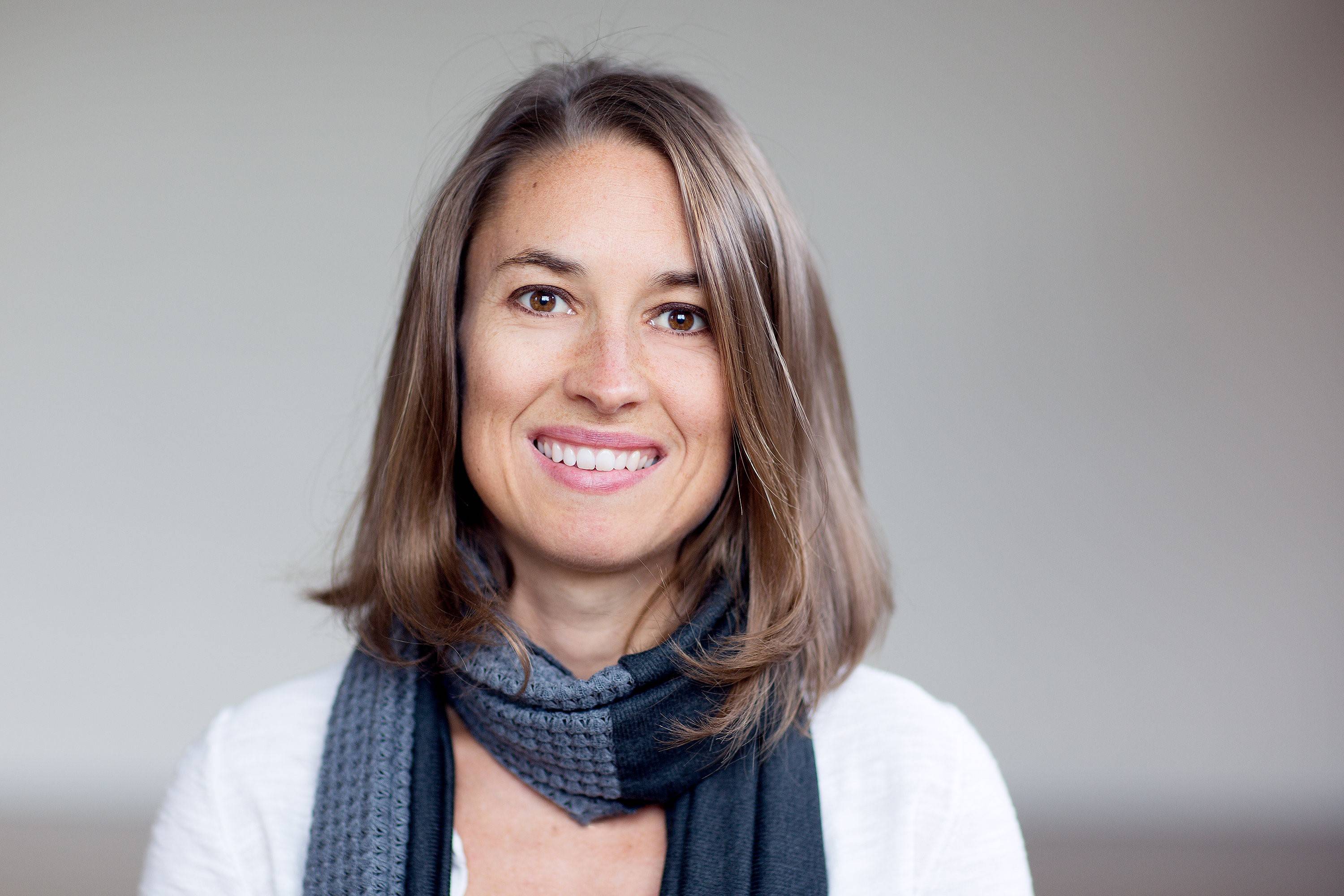 |
|
Neely Quinn |
“A lot of my clients want to lose weight, and my first conversation with them is, do you actually want to lose weight, and do you need to lose weight, and is that the primary thing that is actually going to make you a better climber?”
Both Quinn and Bechtel reflect on the weight to strength ratio. If a climber gets stronger, they don’t have to lose weight. Near the end of the documentary, Angie Payne sends Freaks of the Industry, a traversing V13 boulder problem in Rocky Mountain National Park. It was her second V13, after she sent the Automator, also in Rocky Mountain.
“And I did it at a healthy weight, without losing any weight, and that was a big success for me,” she said. “What I realized once I started gaining weight again and getting healthier is...feeling really strong feels even better than feeling light.”
Climbing can change the course of a life. When scaling a wall, thinking of nothing but holding on, we transport ourselves above our problems. We leave unpaid bills or career stresses on the ground and rise up. We feel strong.
What we do to get up there is deeply personal. It does not have to be destructive to our bodies.
There are many tactics climbers can use to further de-stigmatize eating disorders and make it easier to get help. We can do our part by being role models, creating space to talk about it, and listening to people when they reach out.
As leaders for our local climbing communities, we can light up the darkness, one conversation at a time.
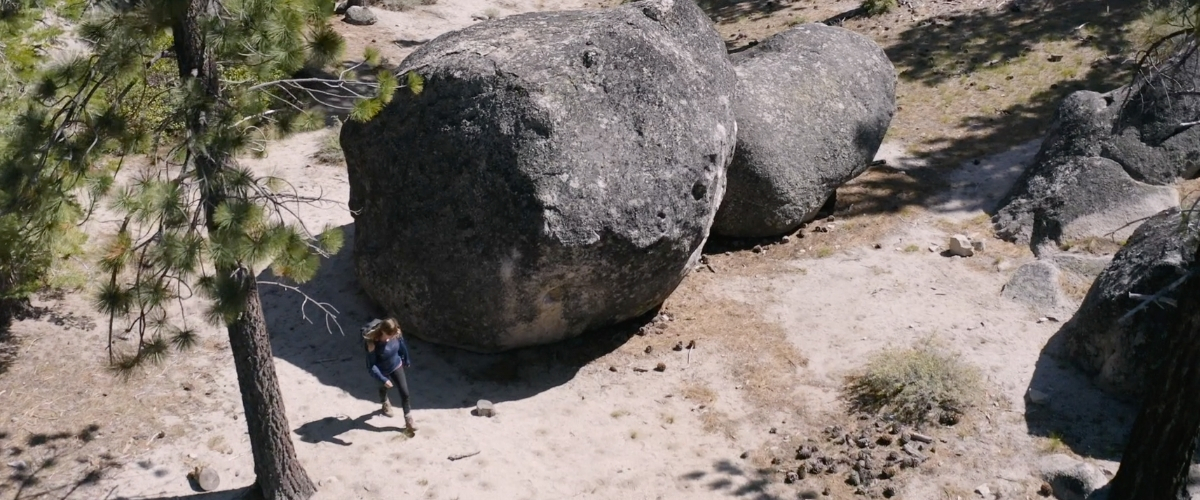 Image provided by Caroline Treadway
Image provided by Caroline Treadway
About the Author
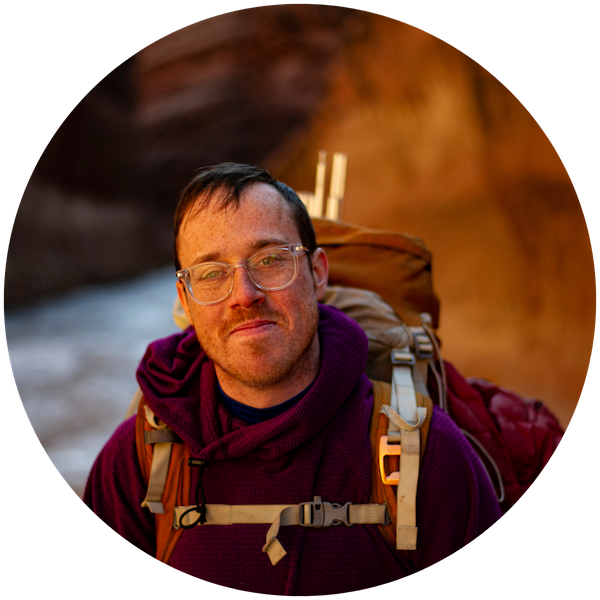 Jake Byk is the marketing coordinator for the Climbing Wall Association. He's an avid hiker, mountaineer, lover of hard-to-reach places and long drives. He's spent four years as a journalist, then a public lands advocate, documenting the Great Plains and Mountain West before joining the CWA.
Jake Byk is the marketing coordinator for the Climbing Wall Association. He's an avid hiker, mountaineer, lover of hard-to-reach places and long drives. He's spent four years as a journalist, then a public lands advocate, documenting the Great Plains and Mountain West before joining the CWA.
